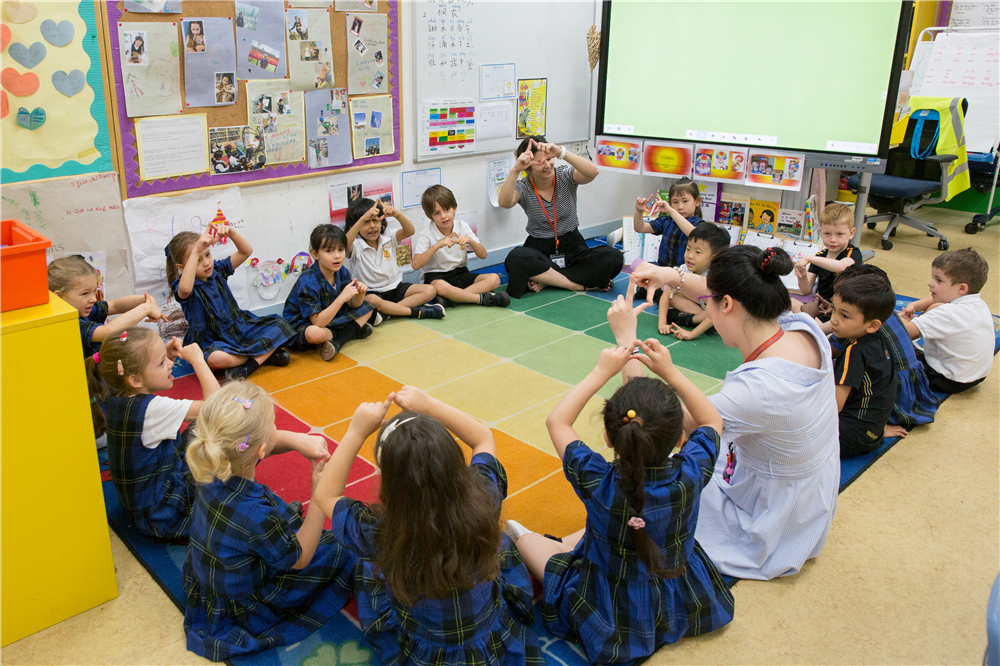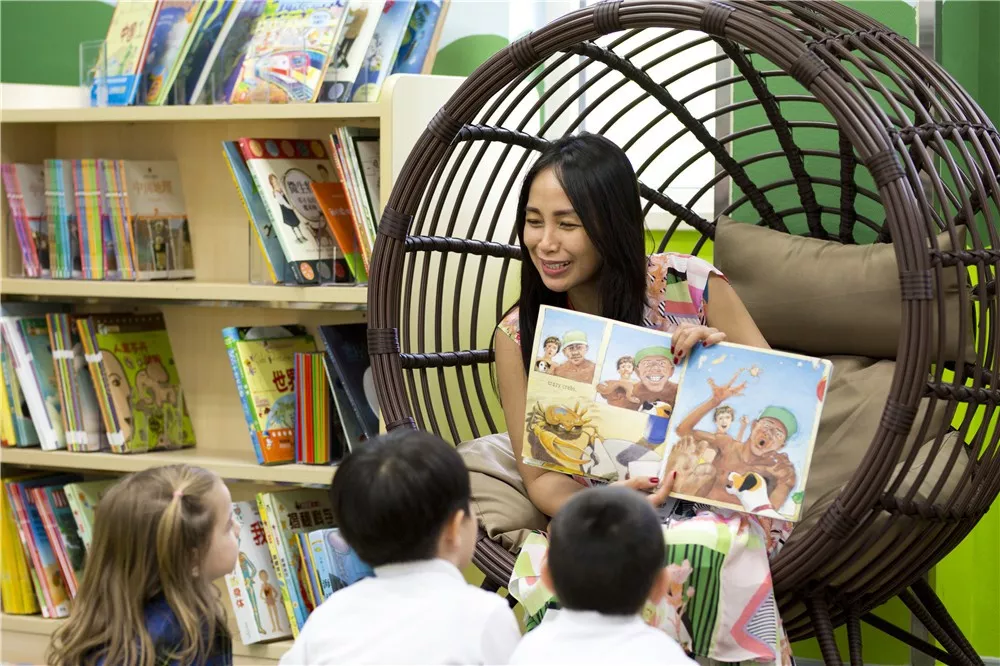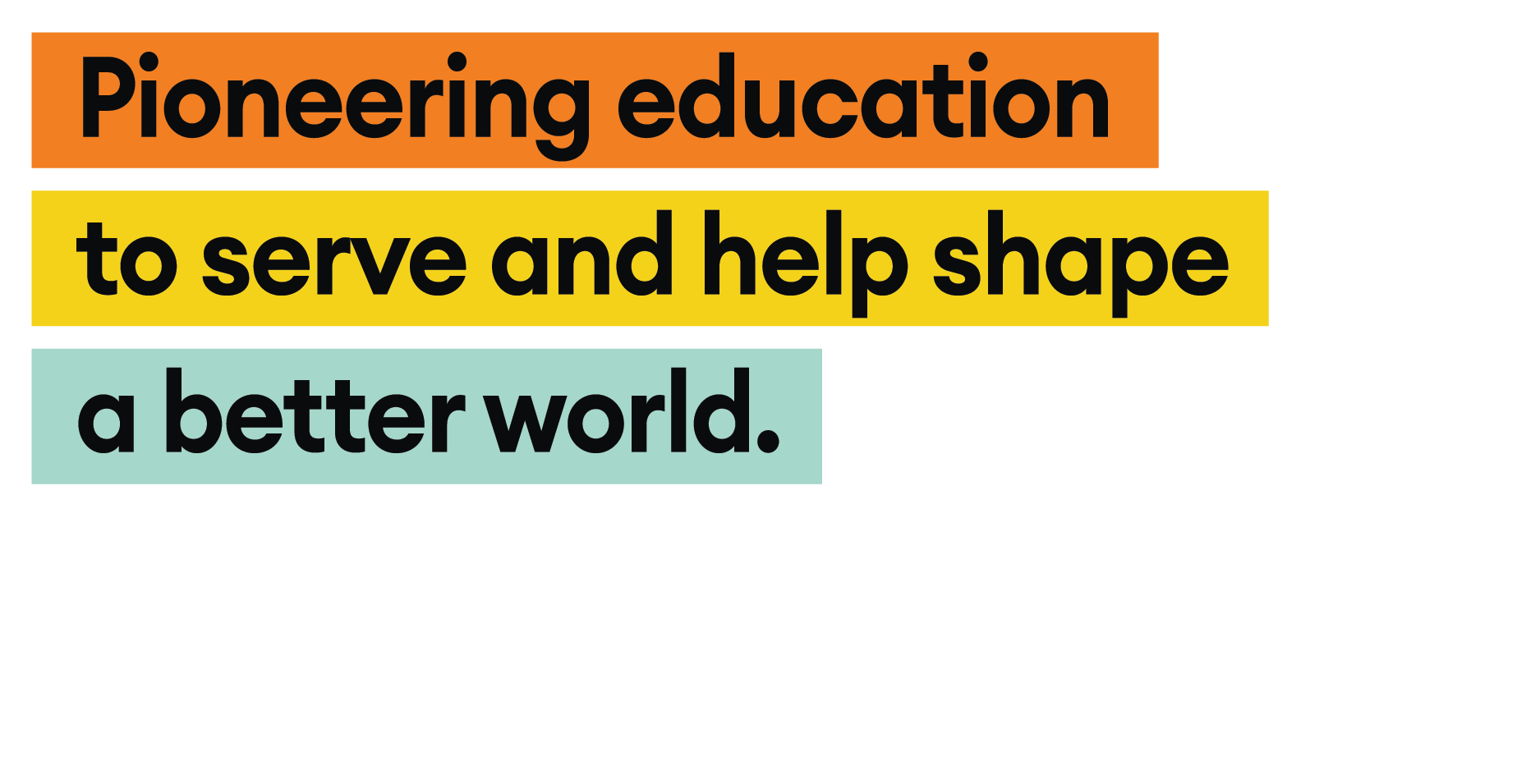Brain friendly second language acquisition in early learners
08 Aug 2019

Simon Ruscoe-Price
Director of Academics(English)
Wellington College Education (China)
In early childhood, the neural connections are established which form the foundations for language acquisition. Therefore, as parents and teachers we must provide the very best positive early language learning environment we can to enable young minds to be the best they can be. In this insight I would like to explore the significance of developing neuroplasticity in the acquisition of language in early bilingual learners. The acquisition of language is the brain’s capacity to process and interpret abstract strings of sounds, patterns and symbols to develop and understanding and to put a name to the sounds, objects, actions and feelings of the world around us. As we learn we create an increasing number of mental constructs, each becoming more intricate and sophisticated as we learn more about a given concept.
We are born with 100 billion neurons and over the first three years of our lives these neurons form new connections at a rate of between 700-1000 per second. The connections are like on old fashioned telephone exchange with a very complex system of wiring linking sounds, objects, colours and patterns which connect at a phenomenal rate as an infant strengthens his or her understanding of the world. This crucial time of development is somewhat chaotic and after the age of three up to adolescence, through a process known as synaptic pruning, the wiring is somewhat pared down to rid the brain of wasteful neural connections and to make it easier to strengthen the mental constructs it considers to be important for the individual. The brain’s ability to alter these neuronal pathways is known as neuroplasticity and is the foundation of future academic aptitude.
The acquisition of language is the brain’s capacity to process and interpret abstract strings of sounds, patterns and symbols to develop and understanding and to put a name to the sounds, objects, actions and feelings of the world around us. As we learn we create an increasing number of mental constructs, each becoming more intricate and sophisticated as we learn more about a given concept.
We are born with 100 billion neurons and over the first three years of our lives these neurons form new connections at a rate of between 700-1000 per second. The connections are like on old fashioned telephone exchange with a very complex system of wiring linking sounds, objects, colours and patterns which connect at a phenomenal rate as an infant strengthens his or her understanding of the world. This crucial time of development is somewhat chaotic and after the age of three up to adolescence, through a process known as synaptic pruning, the wiring is somewhat pared down to rid the brain of wasteful neural connections and to make it easier to strengthen the mental constructs it considers to be important for the individual. The brain’s ability to alter these neuronal pathways is known as neuroplasticity and is the foundation of future academic aptitude.
 Early bilingual learners, those children who are in the fortunate position of being able to acquire two or more languages before the age of six, are able through the brain’s “use it or lose it” principle to more easily reinforce strong connections through the different languages.The bilingual learning process requires profound intellectual capacity, with successive early bilingualism, where early years children learn a second language ab initio after the age of three when the child is still consolidating his or her first language, the mother tongue tends to remain as the dominant language. However, as the child starts to acquire and apply the second language at school she masters the sounds and structure of the language to a level that is almost discernible from a native speaker. Therefore, the question that I would like us to ask ourselves is, how can we as parents and schools provide the best learning environment for these synaptic connections to be reinforced?
In the classroom this can be achieved by purposefully linking the language across learning, through what we refer to as a thematic approach combined with a learning environment that treasures pupil wellbeing and involvement. In this environment we can foster a growth mindset, where children receive affirmative feedback from teachers and key workers. We nurture our children by being in harmony with their thinking and by joining in with play and discussion in both languages. We reinforce understanding through lots of talk and child directed speech to link the child’s mental constructs through the common theme, enabling them to explore and make connections.
Early bilingual learners, those children who are in the fortunate position of being able to acquire two or more languages before the age of six, are able through the brain’s “use it or lose it” principle to more easily reinforce strong connections through the different languages.The bilingual learning process requires profound intellectual capacity, with successive early bilingualism, where early years children learn a second language ab initio after the age of three when the child is still consolidating his or her first language, the mother tongue tends to remain as the dominant language. However, as the child starts to acquire and apply the second language at school she masters the sounds and structure of the language to a level that is almost discernible from a native speaker. Therefore, the question that I would like us to ask ourselves is, how can we as parents and schools provide the best learning environment for these synaptic connections to be reinforced?
In the classroom this can be achieved by purposefully linking the language across learning, through what we refer to as a thematic approach combined with a learning environment that treasures pupil wellbeing and involvement. In this environment we can foster a growth mindset, where children receive affirmative feedback from teachers and key workers. We nurture our children by being in harmony with their thinking and by joining in with play and discussion in both languages. We reinforce understanding through lots of talk and child directed speech to link the child’s mental constructs through the common theme, enabling them to explore and make connections.
 We have ascertained that talking to children is central to their language development in each or either language. As adults we need to be considerate of the child’s needs, firstly we must target talk by connecting to what the child is exploring; not to what we as adults think we should be telling them. Secondly, we must talk to our child using meaningful dialogue; ensuring that we allow her the thinking time. We see this as crucial, as far too often there is evidence of meaningful discussion being stifled by people responding to one another too quickly. Consider the challenge to the listener who will be actively processing what she has just heard before formulating a response. Frequently, the speaker has moved on to another question or thought and the opportunity for meaningful and effective dialogue is lost. Therefore, by being on the child’s level and shaping questions when talking to children will enable them to tell you about their understanding of the world around them. This way the more proficient language speaker can use the conversation to build up the less linguistically proficient learners new vocabulary, reinforcing and modelling language structures in a nurturing and meaningful context.
When reading a book or when playing, ask questions, talk to your child and give lots of positive feedback; reinforce the learning in a fun and engaging manner. Ask open-ended questions, such as:
We have ascertained that talking to children is central to their language development in each or either language. As adults we need to be considerate of the child’s needs, firstly we must target talk by connecting to what the child is exploring; not to what we as adults think we should be telling them. Secondly, we must talk to our child using meaningful dialogue; ensuring that we allow her the thinking time. We see this as crucial, as far too often there is evidence of meaningful discussion being stifled by people responding to one another too quickly. Consider the challenge to the listener who will be actively processing what she has just heard before formulating a response. Frequently, the speaker has moved on to another question or thought and the opportunity for meaningful and effective dialogue is lost. Therefore, by being on the child’s level and shaping questions when talking to children will enable them to tell you about their understanding of the world around them. This way the more proficient language speaker can use the conversation to build up the less linguistically proficient learners new vocabulary, reinforcing and modelling language structures in a nurturing and meaningful context.
When reading a book or when playing, ask questions, talk to your child and give lots of positive feedback; reinforce the learning in a fun and engaging manner. Ask open-ended questions, such as:

Related Articles

Mother and Toddler Classes24 Oct 2024
In this season filled with hope, Wellington College Bilingual Tianjin Nursery is proud to introduce a special milestone—the “Welly’s Sunshine Club” parent-child experience activities. This initiative,
Read More

Inquiry-based Learning in Year 102 Dec 2024
Ms Melody YuanYear 1 Teacher / Mathematics Curriculum Lead Inquiry-based learning is an educational strategy where pupils questions, ideas, and observations drive the learning process. Rather than bei
Read More

From Nursery Classroom to Community Market21 Mar 2025
Ms Stephanie LewisNursery Teacher / Personal, Social and Emotional Development and Inclusion Lead This term, our little learners in Nursery embarked on an exciting exploration of their local community
Read More





 Channel
Channel 
 Linkedin
Linkedin  Weibo
Weibo  Facebook
Facebook  Ins
Ins 







